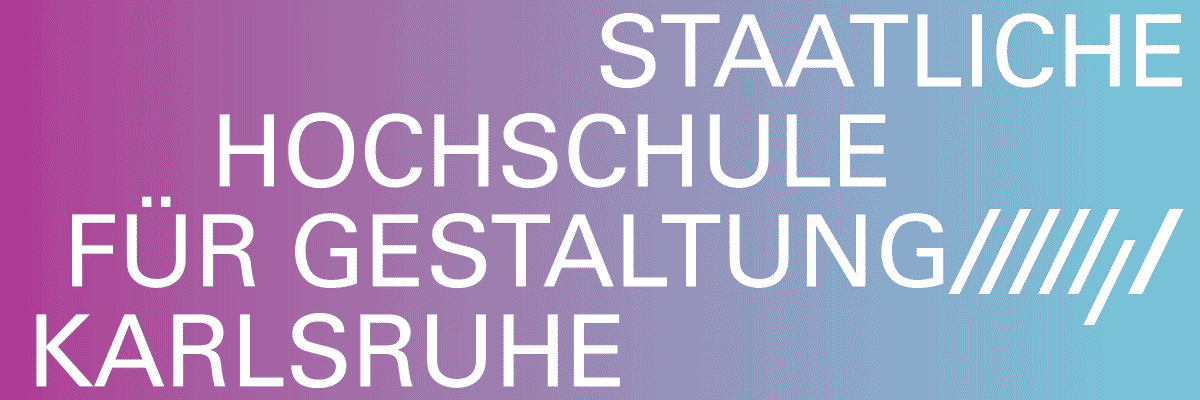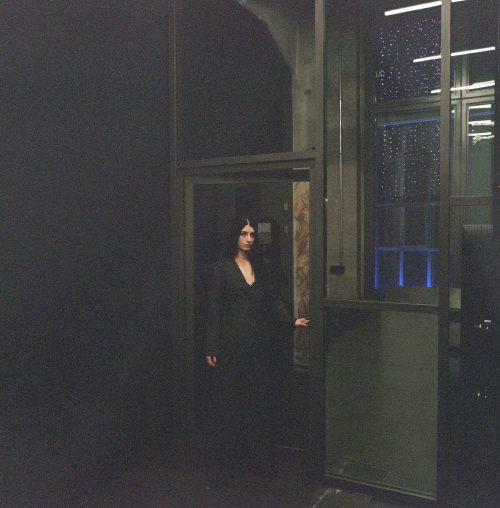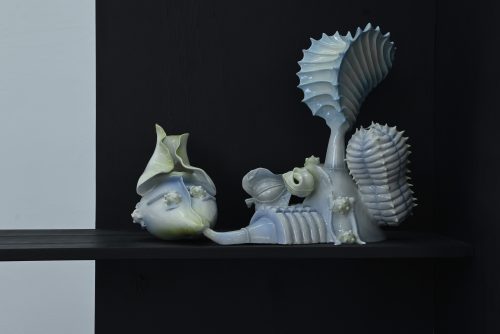
Oskar Schmidt
Oskar Schmidt, 'Paintings from the Cold'
Project Info
- 💙 Galerie Tobias Naehring (Leipzig)
- 🖤 Oskar Schmidt
- 💜 Marlene Militz, Translation: Hilda Hoy
Share on

Installation view: Oskar Schmidt, 'Paintings from the Cold', September 17 – October 29, 2022, Galerie Tobias Naehring, Leipzig
Advertisement

Oskar Schmidt, 'Stillleben mit Karton und Muschel', 2021/22, Oil and egg tempera on wooden panel, 27,5 × 34,5 cm

Oskar Schmidt, 'Zwei Masken, 2022', Oil and egg tempera on wooden panel, 40 × 50 cm

Installation view: Oskar Schmidt, 'Paintings from the Cold', September 17 – October 29, 2022, Galerie Tobias Naehring, Leipzig

Oskar Schmidt, 'Äpfel auf HO-Papier', 2022, Oil and egg tempera on wooden panel, 28 × 35,5 cm

Oskar Schmidt, 'Stillleben mit ORWO-Schwarzweiß-Filmen (VEB Fotochemisches Kombinat Wolfen)', 2022, Oil and egg tempera on wooden panel, 15 × 20 cm

Oskar Schmidt, 'Stillleben mit zwei Muscheln und Elektrokabel', 2022, Oil and egg tempera on wooden panel, 25,5 × 28,5 cm

Installation view: Oskar Schmidt, 'Paintings from the Cold', September 17 – October 29, 2022, Galerie Tobias Naehring, Leipzig

Oskar Schmidt, 'Stillleben mit Karton, Schere und Panthenol Spray (VEB Ankerwerk Rudolstadt)', 2021/22, Oil and egg tempera on wooden panel, 25,5 × 39 cm

Oskar Schmidt, 'Stillleben mit Karton', 2021/22, Oil and egg tempera on wooden panel, 25 × 30 cm
The 'Paintings from the Cold' series (2021–ongoing) is an encounter with a lost visual world. For those who once needed film for their cameras or shopped for everyday goods in the socialist state of East Germany (GDR), the ORWO brand of black-and-white film and HO packaging paper in these paintings will be instantly recognizable, part of the reality of their former lives. Those viewers whose lives didn’t include these objects, as is likely the case with Oskar Schmidt’s current exhibition for the Böttcherstraße Art Prize at the Kunsthalle Bremen, will remain shut out to a certain extent from intuitively understanding the iconography of the world from that era.
Oskar Schmidt, born in 1977 in Erlabrunn, East Germany, has created a series of paintings in which he gathers personal memories of his child hood and his origins in the form of Panthenol spray cans, domal glass cleaner, or editions from Reclam’s Universal Library. Two black-and-white masks also feature in the series—a classic symbol of the dual fronts that citizens of East Germany had to adopt in their outward-facing and private lives.
In order to confront this lost state, Schmidt returned to painting for the first time since his studies at the Academy of Fine Arts Leipzig (HGB). Photography, his primary artistic medium, played an important role in the process as well. Using photographs in which the objects were arranged as still lifes, he created sketches on primed wooden panels upon which he then painted a classical still life true to the real object. The elaborate layering of egg tempera and oil glazes lends the paintings their uniquely luminous surface and characteristic depth.
This painting technique was established by Otto Dix, before generations of painters of the Leipzig School took it up in the 1970s and developed it further. Schmidt regularly visited the wellknown East German painter Gudrun Brüne while working on his revival of the technique for 'Paintings from the Cold' — the passing on of a now-rare painting tradition across generations.
Addressing the experiences and memories of the GDR and reckoning with this past in a reunified Germany means a constant push and pull between the private and the public, the personal and the political. Schmidt’s engagement with the remnants of his bygone world is highly personal, yet the paintings in their individual components inevitably lead into political discourse, exposed as they are to the polarization of various EastWest debates.
Schmidt’s confrontation with the tradition of East German painting is evident not only in the technique of the paintings, but also their style. With their stylistic references to Socialist Realism, these works can also be understood as Anti-Pop Art, but at the same time they elevate the consumer goods of socialism to ascetic icons. They are antagonists to that most recognizable capitalist symbol of all: Andy Warhol’s Campbell’s soup can.
The political dimension of the series becomes particularly clear in “IMI/ATA/FEWA,” a direct pictorial quotation of a painting of the same name by East German painter Ulrich Hachulla from 1990, one year after the fall of the Berlin Wall. What differentiates the two paintings? The thirty two years that lie between them and the sociopolitical, historical, and economic dimensions this adds to Schmidt’s version; the debates about the disregard for art created in the GDR and the waning dominance of Western art narratives, all of which inevitably enter into the consideration of his 2022 work. Schmidt’s paintings become a barometer of societal development since 1990 that also draw attention to the unequal attention economy of Western art centers in contrast to their “periphery.” The series 'Paintings from the Cold' can thus be understood as a look back and forward, transferring in terms of both style and subject what is past and nonetheless unfinished into contemporary painting.
Marlene Militz, Translation: Hilda Hoy
Oskar Schmidt, born 1977 in Erlabrunn, GDR, lives and works in Berlin. He is currently nominated for the Böttcherstraße Art Prize at the Kunsthalle Bremen. Schmidt is a graduate of the Academy of Fine Arts Leipzig (HGB). Recent solo exhibitions have been held at Galerie Tobias Naehring, Berlin (2020); Grisebach, Berlin (2019); Konrad Adenauer Foundation, Berlin (2018); Museum Gunzenhauser, Chemnitz (2017) and Fotomuseum Winterthur (2016). Recent group exhibitions with the artist have taken place at Kunsthalle Bremen (2022); Weserburg Museum für moderne Kunst (2021/22); Sharjah Art Foundation, VAE (2021); Museum of Contemporary Art, Zagreb (2020); Kunstmuseum Moritzburg Halle (2018); Daimler Contemporary, Berlin (2018); Staatliche Kunstsammlungen Dresden (2018); Pivô, São Paulo (2018); National Gallery of Kosovo, Pristina (2017); C/O Berlin (2017) and Center for Creative Photography, Tucson/Arizona (2015).
Marlene Militz, Translation: Hilda Hoy




